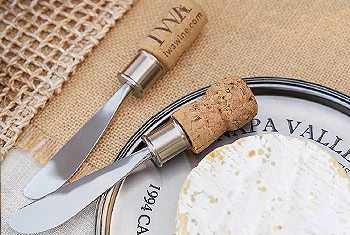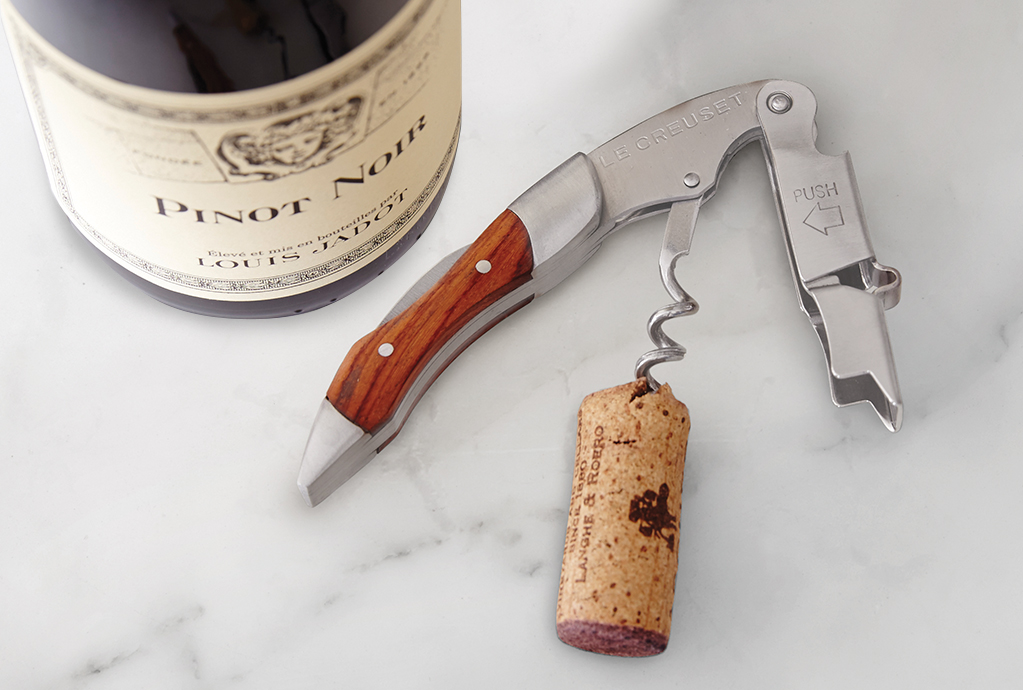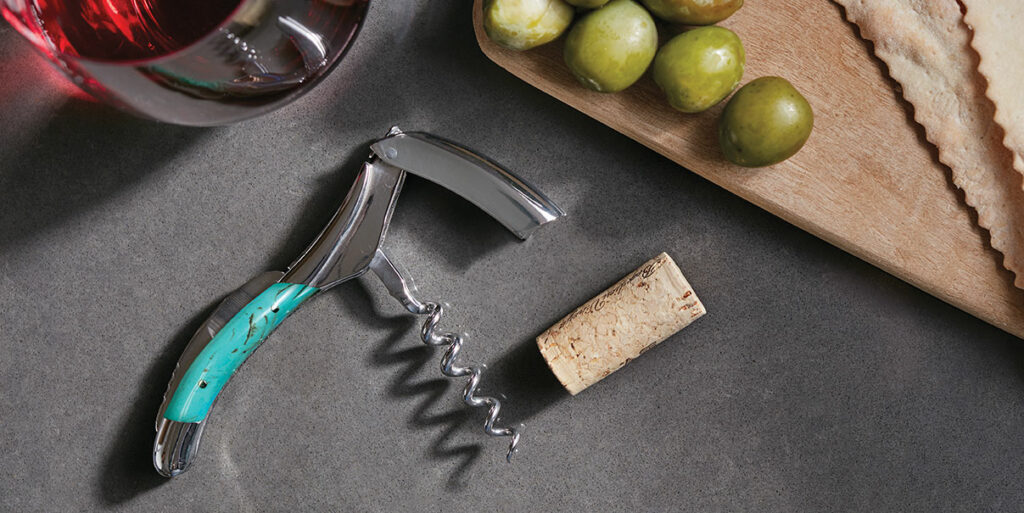
Ever since glass-blowing technology allowed humans to store wine in glass bottles, rather than terracotta amphoras and wooden barrels, they have been sealed with cork to safely age. With the invention of the screwtop, or Stelvin, closure, most vineyards still prefer the traditional “pop” of a cork when opening a bottle of wine. Historically, a standard corkscrew is all that was needed to gain access to the nectar that resides within. Now, there are many options available to the wine consumer that makes the job easier, safer and exhibit decorative appeal. Before we look into the different types of corkscrews, let’s talk a little about where cork comes from.

Cork Forests of Portugal and Spain
There are many different types of natural and synthetic wine closures, including the screwtop mentioned above. Natural cork closures were originally, and still are, fashioned from the bark of the Quercus Suber tree, or Cork Oak. There are roughly 5.5 million acres of cork forest worldwide with about a third growing in Portugal and a quarter in Spain. However, half of total global cork production is from Portugal and only 33% from Spain. Once a tree reaches 25 years of age, the cork is harvested from the trunk. This is repeated every nine years after that because the tree is capable of regenerating its corky bark and can live to be about 200 years old. The decision by a winery on what type of closure to use is most often driven by cost, aging potential and marketing appeal.

Function vs. Form
Over time, man has developed many different ways to open a bottle of wine. At first, the focus was simple – how to pull the cork out – and the basic corkscrew with handle and spiral “worm,” said to have been inspired by the bulletscrew or gunworm used by the military to extract stuck bullets from rifles, was developed. Over the decades, as creative and industrious beings, we continued to manufacture easier, safer, improved and aesthetic ways to open a bottle of wine. Here are just a few designs of corkscrews to choose from:
T-corkscrew – The basic design lives on, but with stronger materials and design in mind. Some are made with brass and/or stainless steel and decorated handles, including the use of leather.
Waiter Keys – A very popular style of corkscrew is the waiter “key,” which consists of a foil cutter in the form of a miniature knife at one end of the handle, a hinge at the other end and the worm in the middle. This version is most used by waiters and sommeliers in the restaurant business. It is simple to use and relies on basic physics in which the metal stabilizer extending from the hinge rests on the lip of the bottle while the user pulls up from the opposite end lifting the cork from the neck of the bottle. Many prefer the double-hinged model, which contains two lever actions keeping the worm as vertical as possible while pulling reducing the potential for cork breakage.
Lever Models – Popular models such as the Rabbit and Screwpull come in sets that often includes the corkscrew device, a foil cutter and a stand. Most are ergonomically designed and make it easy to open a bottle of wine with one full motion. Some are designed with aesthetics in mind, which allows you to proudly display your corkscrew on the kitchen counter or in the wine cellar.